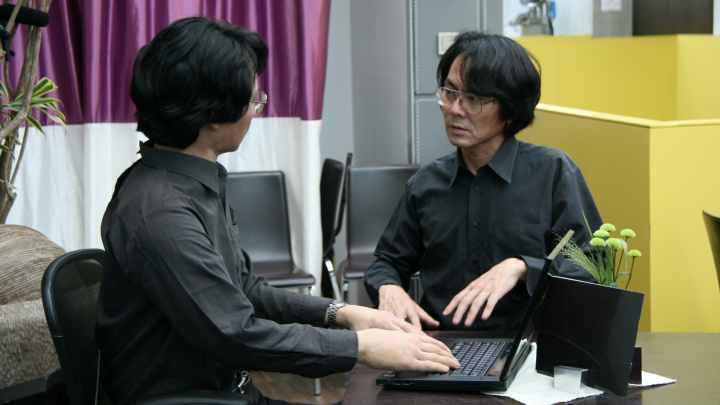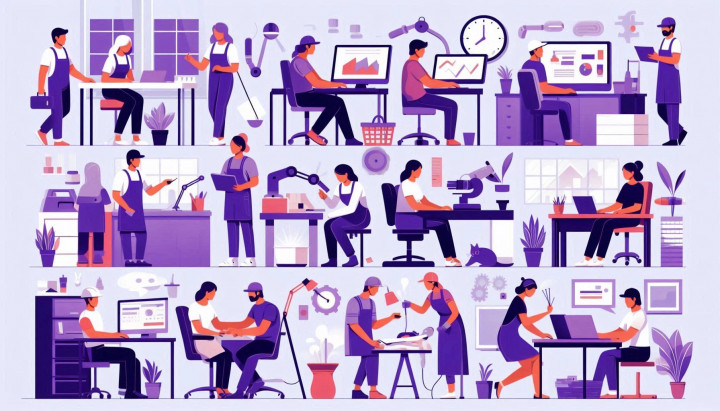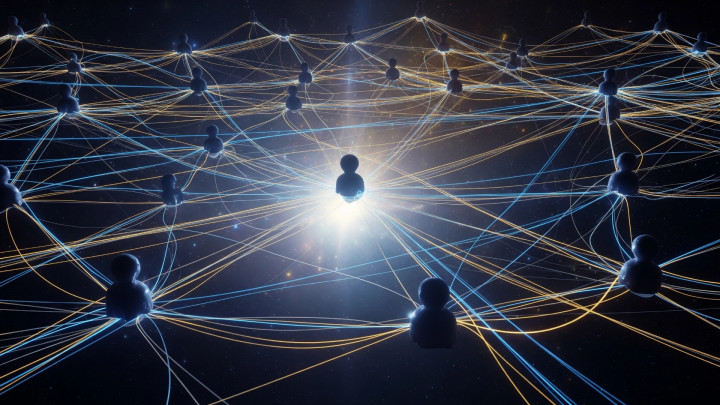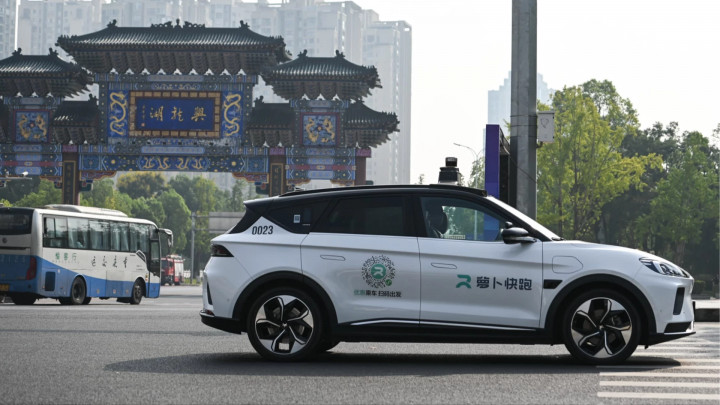OpenAI Launches GPT-4o: Faster, Cheaper, and Natively Multimodal
OpenAI recently unveiled its latest flagship language model, GPT-4o. The name, derived from "omni," signifies a major leap forward in artificial intelligence, as the model is natively capable of handling text, audio, and vision inputs and outputs. This inherently multimodal approach unlocks new possibilities for both developers and users, further solidifying OpenAI's position at the forefront of AI innovation.

-
Native Multimodal Capabilities: GPT-4o's most significant innovation is its ability to natively process and generate content across text, audio, and vision. Unlike previous models that handled different modalities separately, GPT-4o reasons across them seamlessly within a single neural network. This allows for more natural and intuitive human-computer interaction.
-
Faster and Cheaper: Not only is GPT-4o more versatile, but it's also significantly faster (reportedly twice as fast) and 50% cheaper in the API compared to its predecessor, GPT-4 Turbo. This makes GPT-4 level intelligence more accessible and opens up opportunities for developers to build innovative solutions more cost-effectively.
-
An Enhanced ChatGPT Experience: GPT-4o powers the new ChatGPT, making the chatbot far more intelligent, versatile, and interactive. Users can engage in real-time voice conversations with near-instantaneous responses. The model can perceive nuances in tone, respond in various emotional styles, and even "see" through the user's camera, enabling a much more natural and dynamic interaction. Many of these advanced features are also being rolled out to free ChatGPT users.
-
Improved Language Support: GPT-4o offers enhanced capabilities and performance across more than 50 languages, significantly improving its effectiveness in diverse linguistic contexts. This allows developers to create applications that can reach a broader global audience.
-
New Opportunities for Developers: GPT-4o presents numerous new possibilities via its API for developers aiming to create applications that can process, interpret, and generate combinations of text, audio, and images. This model could usher in a new era of AI where technology integrates even more seamlessly into our daily lives through richer, multimodal interfaces.





